Sprouted Black Bean Burgers
This post shares an upgraded version of a recipe from my first book which includes a nutrient dense, flavor packed burger recipe that will go in my next book in some form.
Even if your not vegetarian these burgers are worth the effort and can put ‘many a meat patty’ to shame in the flavor department. That plus the bonus of easy of storage/re-heating makes these bad boys a win win for any burger lover.
These Black Bean Burger Patties are very healthy for you as the beans have bean sprouted first, to remove antinutrients and generally make them that much more digestible and friendly on the gut.
Not all plant based or vegetarian food is made the same. Yes you can go to the store and buy many products claiming to be good for you that are composed of beans but most are far from that due to the presence of anti-nutrients and herbicide residues that are prevalent in poorly/greedily prepared and ignorantly/lazily grown vegan foods (see the addendum at the bottom of this post for more info).
By just going back to traditional food preparation methods, soaking and sprouting, we are able to make them soo much friendlier on the gut. But something quite special occurs during these processes. Beans (and other legumes, nuts, seeds and grains) are indeed nutritious whole foods. However, they contain a group of natural plant compounds called antinutrients, that quite significantly interfere with the absorption of minerals in the diet. This is because they have the undesirable effect of binding with said minerals, meaning they pass right through the digestive tract undigested, without being absorbed.
In soaking, and then sprouting, many of these antinutrients are able to be released – allowing us access to the minerals they were once bound to.
An additional benefit – sprouting actually increases the nutrient content of whatever it is you're sprouting.
Soaking and sprouting is actually a very simple process.
Many people over-complicate things when it comes to soaking and sprouting, with charts and diagrams for optimal soak and sprout times. I’m just going to simplify things for you – a good timeframe to soak your beans/nuts/seeds/grains is anywhere between 8 and 24 hours. I find that legumes tend to need the longer end of the spectrum.
HOW TO SOAK ANYTHING
Put your nuts/seeds/grains/legumes in a sieve, and rinse them well under running water. Pick out any wierd looking bits and discard.
Pop them in large bowl, and cover with water – use a lot, as you’ll find they double in size.
Add a splash of apple cider vinegar or lemon juice – aka an acid medium. This facilitates the process of neutralising the antinutrients.
Cover with a paper towel and leave out of direct sun for 8-24 hours.
Drain and rinse well. All done.
HOW TO SPROUT ANYTHING
Place your soaked and rinsed nuts/seeds/grains/legumes in a large glass jar (or in a fine mesh bag, or use proper sprouting trays). Tip – use a big jar – the sprouts will grow and need space to expand.
Cover the mouth with a mesh lid or with cheesecloth fastened with a rubber band.
Rest the jar on an angle so excess water can drain, and leave it somewhere out of the sun.
Rinse and drain the contents of the jar 2-3 times a day, for 2-3 days, or until little sprouts grow. I find quinoa and buckwheat sprout very quickly, while black beans needed three full days. In terms of yield, as a general rule of thumb, they’ll double in size (so 1 cup would yield 2 cups sprouted).
Once done, rinse one last time, and store in the fridge till you’re ready to use.
ONE LAST NOTE ON SOAKING AND SPROUTING
Note: Canned beans will not sprout! You must use dried beans, preferably organic or better yet, regeneratively homegrown.
Sprouted Black Bean Burgers
Ingredients:
- 2½ cups sprouted black beans
- ½ cup water
- ¼ cup chai seeds (made into gel) or 1 egg
- 1 cup of your favorite type of mushrooms chopped
- ½ packed cup fresh coriander ( or 1 tsp crushed coriander seed)
- ¾ cup organic breadcrumbs
- 1 onion white, chopped
- Zest of 1 lemon
- 2 cloves garlic
- Leaves from a good handful of fresh thyme
- ½ green bell (or 2 jalapeño peppers)
- 1 tablespoon chili powder
- 1 tablespoon cumin
- 1-2 teaspoons of your favorite hot sauce
Optional fun variations:
Add in some Ethiopian Berbere dry spice mix, Mole Polbano Dry Spice Mix or Moroccan Harissa Spice Medley to spice things up culturally and nutritionally.
Directions:
Pre-heat the oven at 350 F.
Steam the sprouted black beans for just 5 minutes, to soften a little.
Add all ingredients (except ingredients to serve) to a food processor and blend well. Stop and scrape the sides down as you go.
Transfer to a large mixing bowl and shape the mixture into small balls, flattening them into patties in your hands. Wet your fingers under running water in between patties to make for an easier job.
Place patties on an oven tray lined with baking paper. Bake at 350 till done – flipping the burgers half way. You might want to turn up the heat for the last 10-15 mins to crisp the outer edges. They’re done when the outer is brown and a little crunchy, and the inside is still a little soft to touch. Slightly smaller patties rather than 12 large ones would cook a bit easier. I typically go with 12.
Store leftovers in the fridge or freezer. They will keep in a sealed container in the fridge for one week and in an airtight bag in freezer for 6 months at peak quality.
*Side note: One way to impart even more great flavor is to bake them for 15 mintues (10 on first side and 5 on the other) and then sear them on a preheated bbq grill or the open flames of a camp fire.
I personally love to serve these with homemade sourdough buns (I will share the recipe from my book for making your own sourdough bread next month) juicy slices of homegrown heirloom tomatoes, pan fried mushrooms, guacamole and raw fermented hot sauce.
An addendum on vegan/vegetarian burgers
Most vegan and vegetarian burgers/food available in stores (even many of the products make with whole food ingredients rather than creepy lab grown stuff) are grown using conventional methods (which in the case of many legumes means that they are soaked in glyphosate as ignorant and/or lazy farmers use round up as a desiccant before harvesting their beans and lentils).
Please do not help fund the destruction of intact ecosystems, the diminishing of biodiversity and poison yourself with conventionally/GMO grown or lab grown vegan food products.
Also I have found that some companies labelling themselves as “sustainable” (and even a few that use the term “regenerative” on their packaging) are either farming/preparing their foods in a way that results in nutritionally inferior end products and/or they are spraying glyphosate on their crop prior to harvest. Therefore if you are buying vegan/vegetarian (or even meat based) foods labelled as such it is important to do your due diligence to make sure they are not engaged in greenwashing.
If you want to eat plant based foods, eat real food and use your own two hands to make it so you can trust it’s quality and sourcing.
The recipe above is an adapted version of a recipe from an earlier version my book (cover shown in image below).
If you would like to have access to well over a hundred other fun and nutritious recipes like this there is info to where you can purchase either a physical or digital copy of my book below.

For those interested in purchasing a physical copy of the book you can do so through this link:
https://recipesforreciprocity.com/shop/softcover/


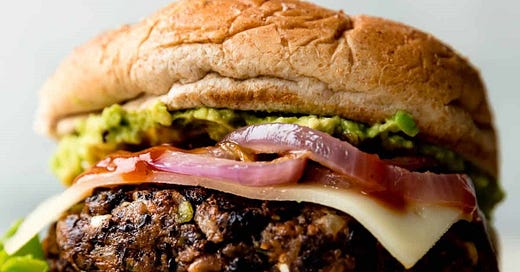


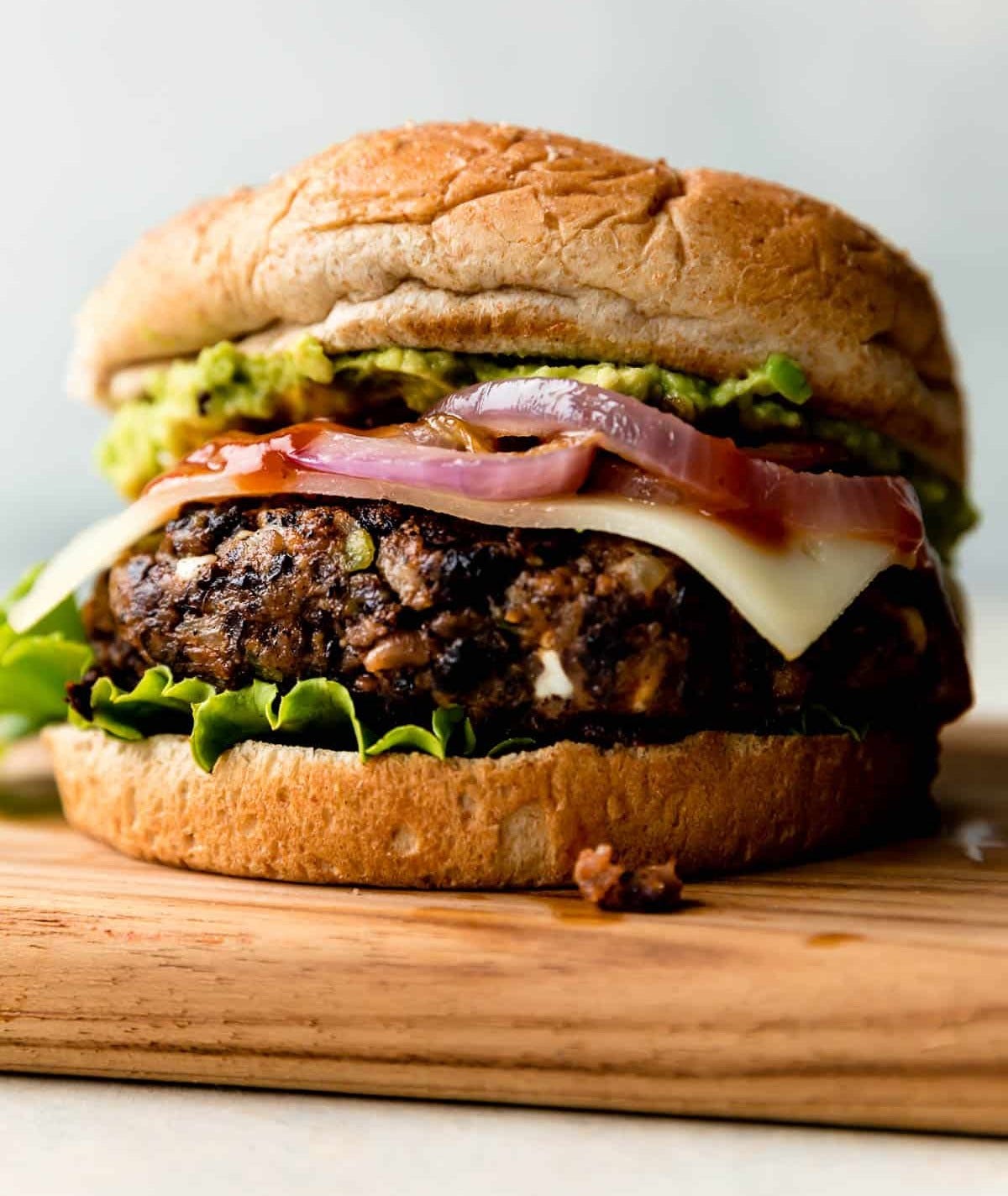
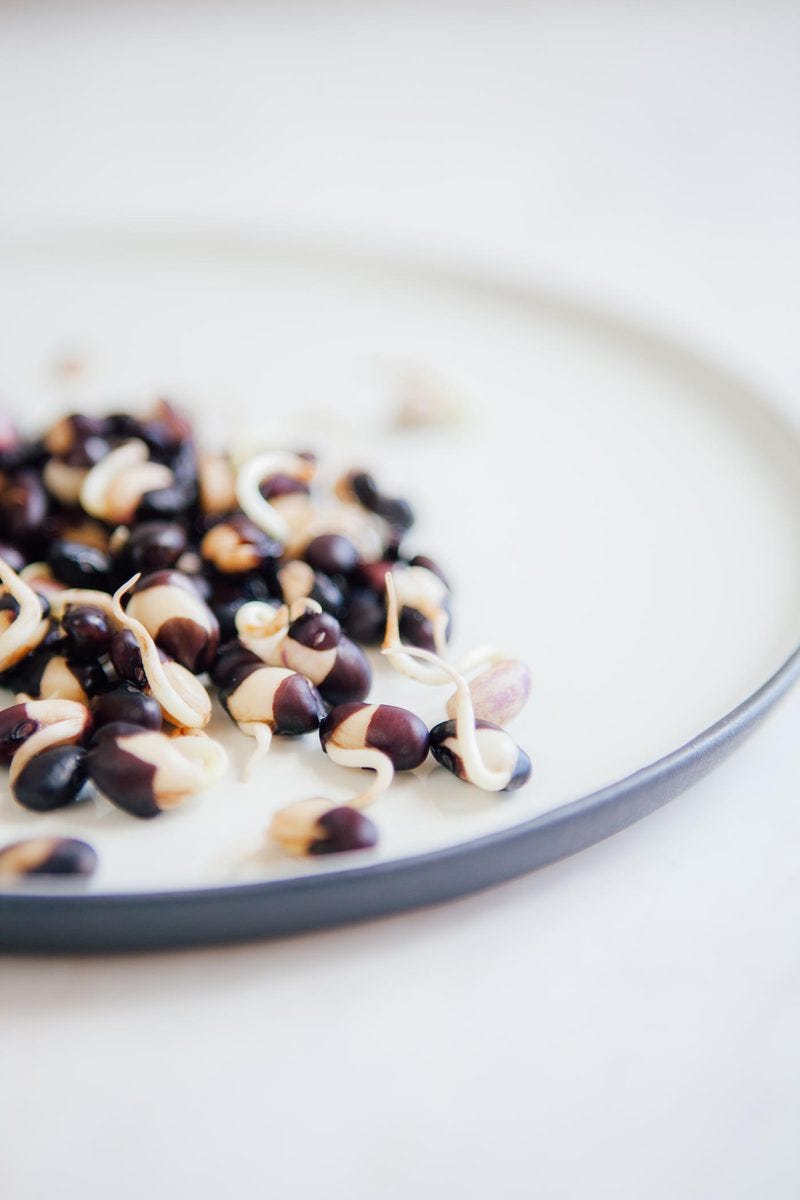
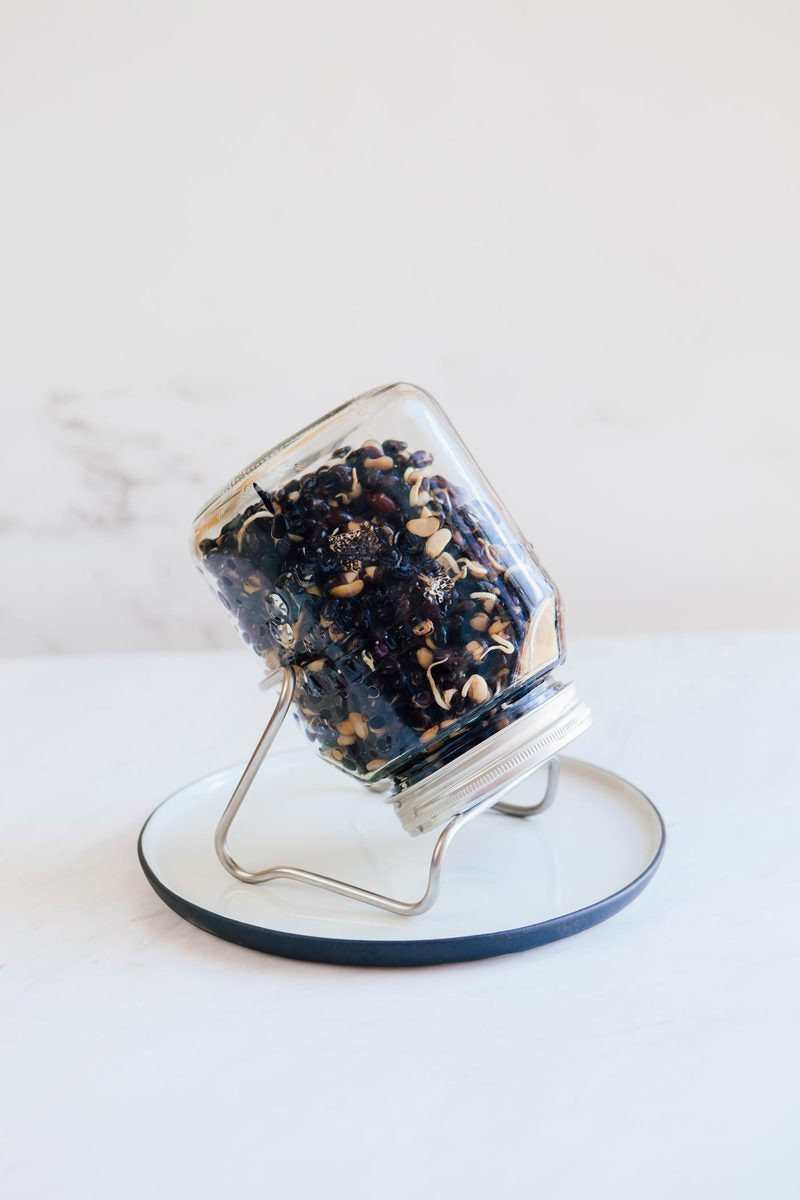
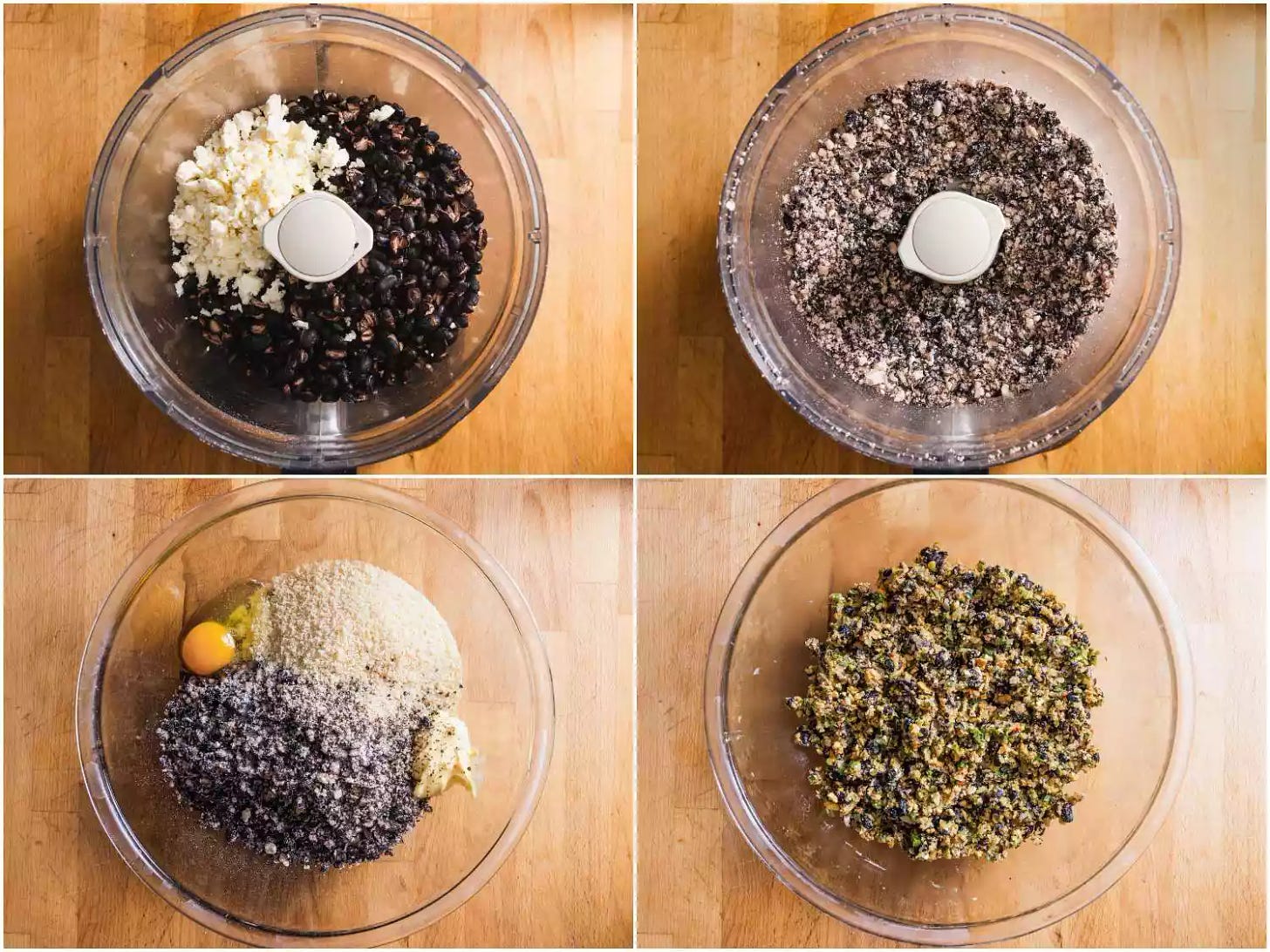
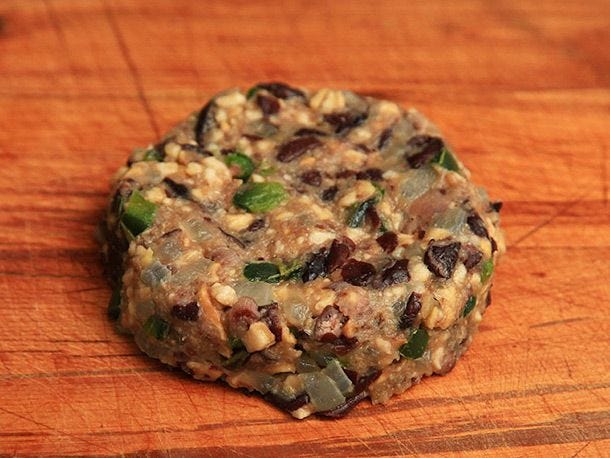
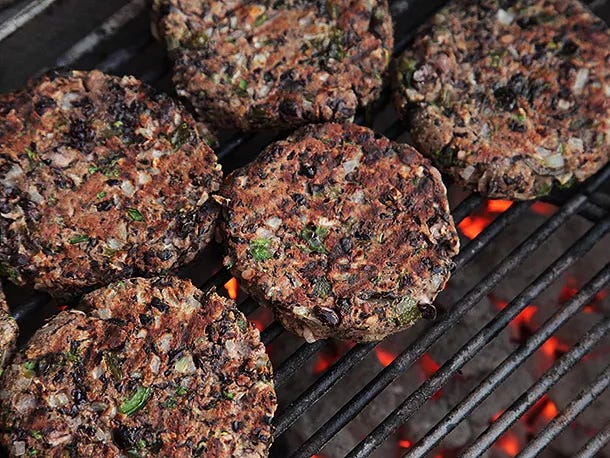
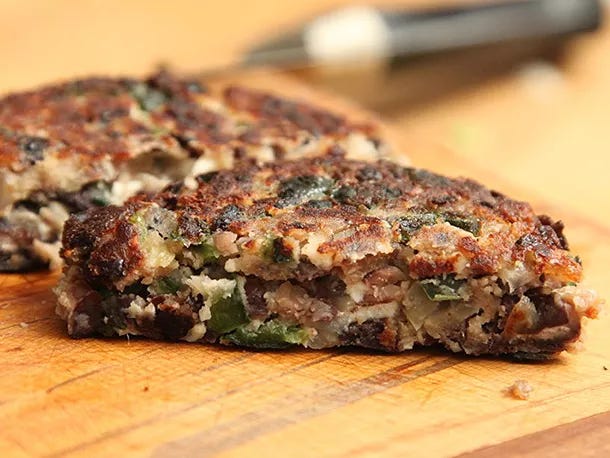
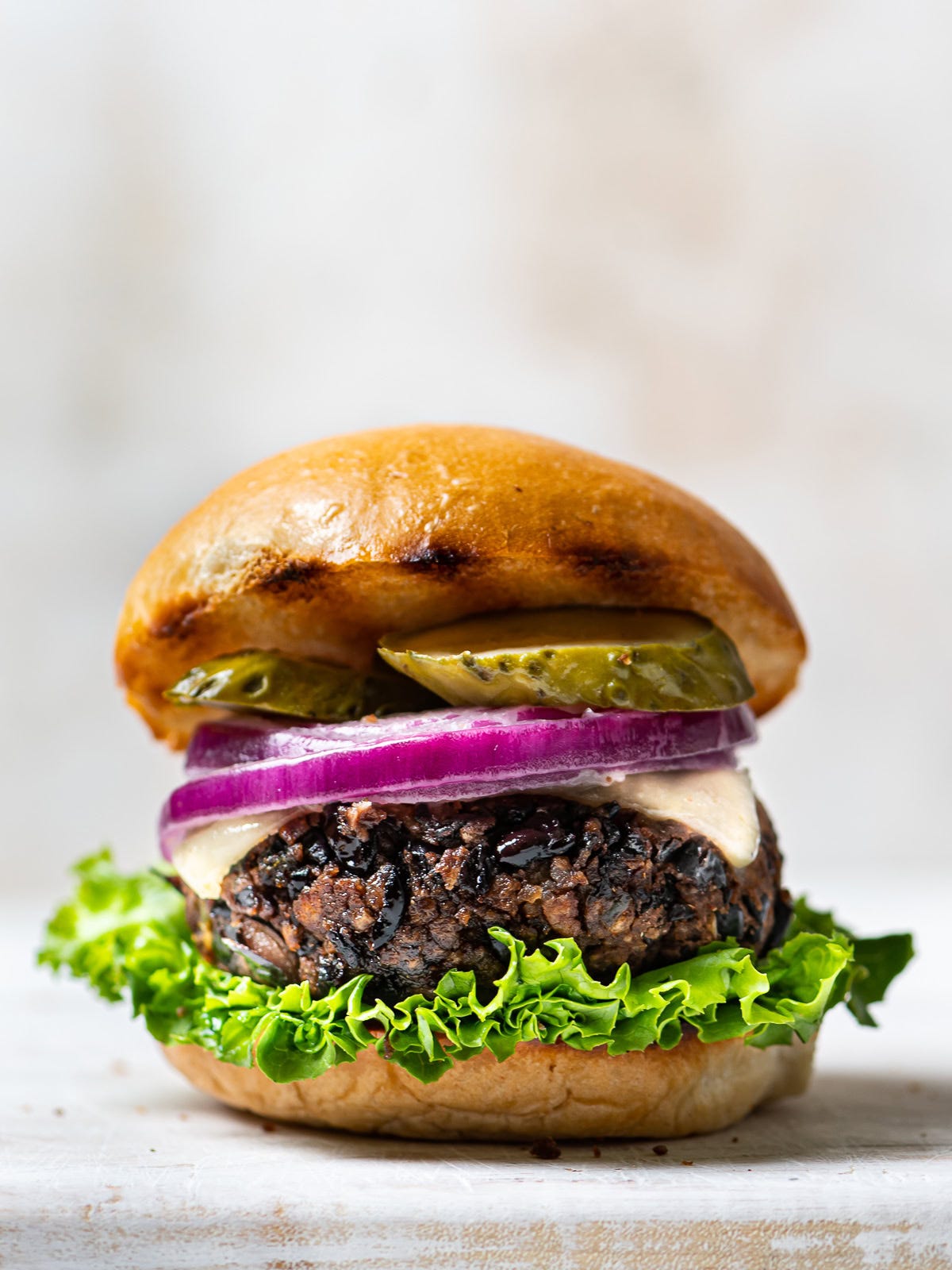
In the oven now!
YUM!! And thanks for the tips on Sprouting, etc. ^_^